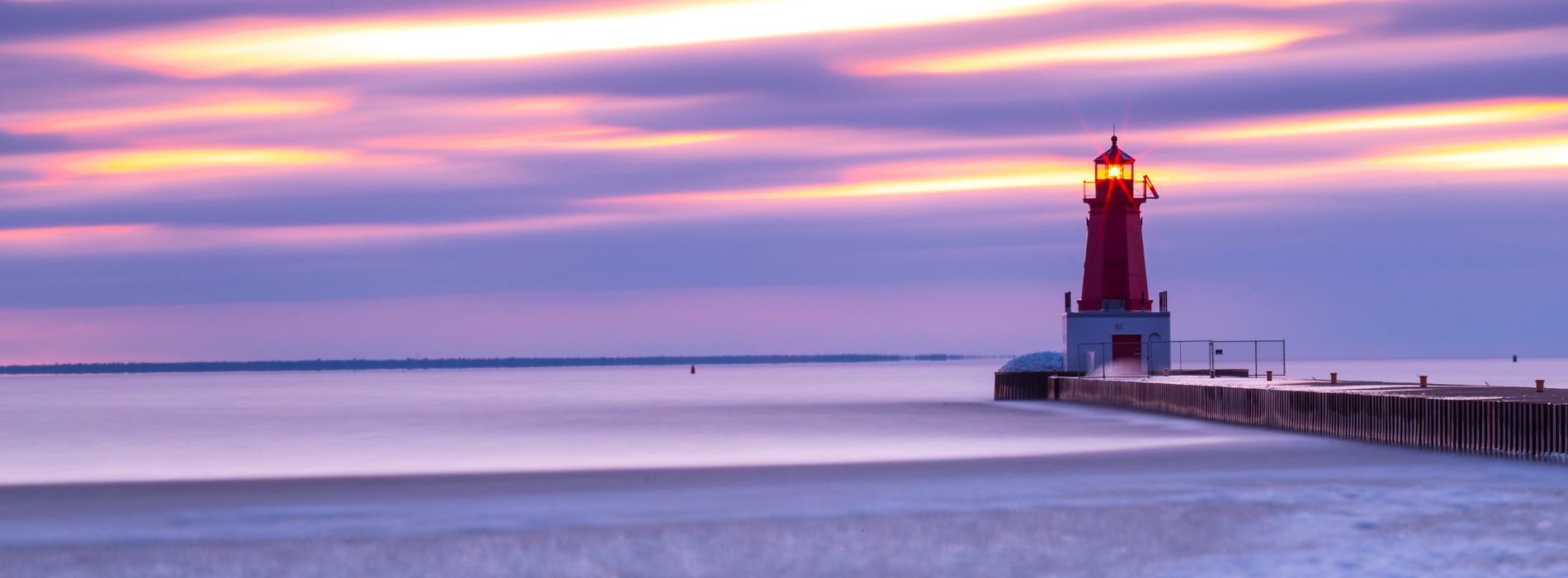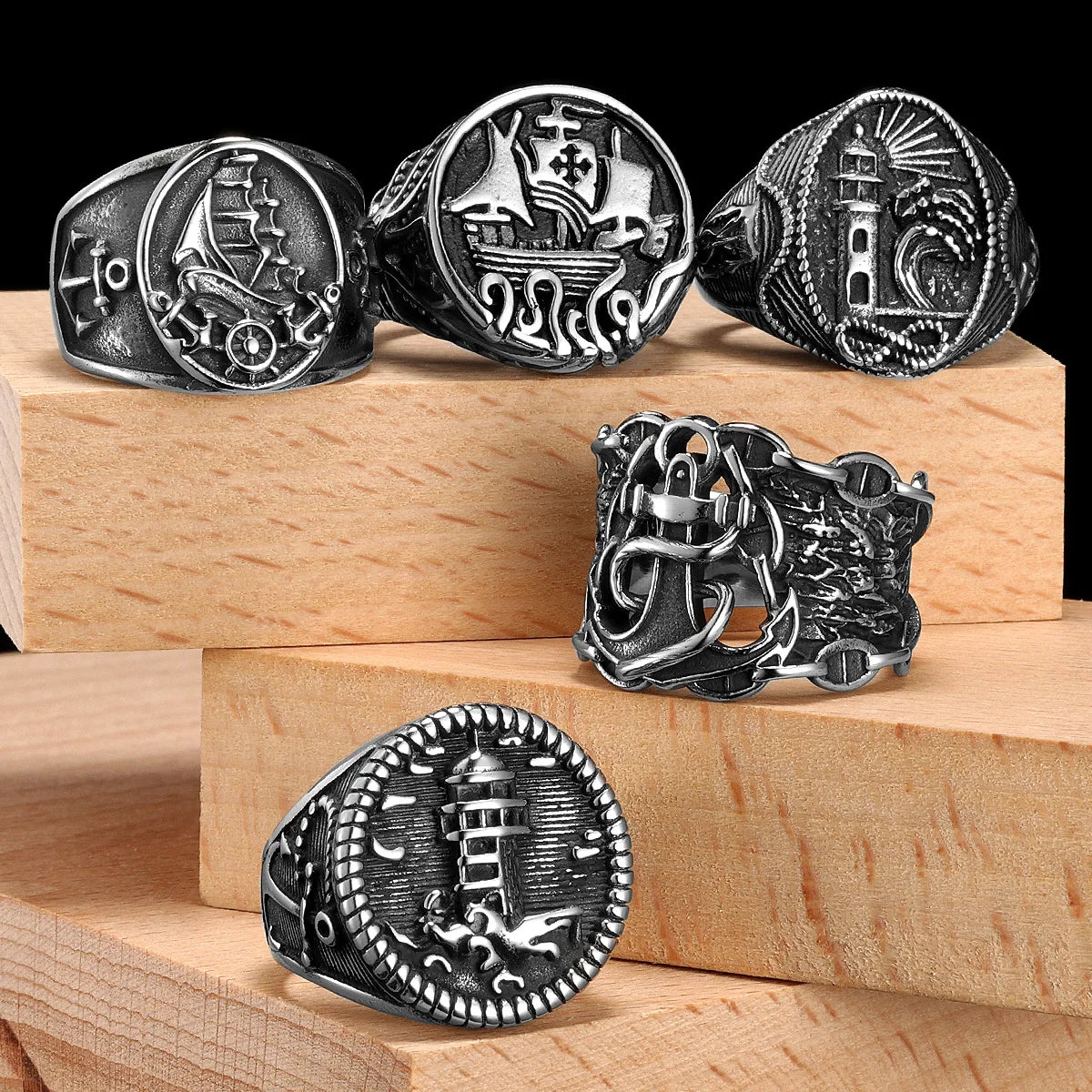What is the top of a lighthouse called? - A Guide for Sea Lovers
What is the top of a lighthouse called?
For passionate sea lovers, the mystique and allure of lighthouses is undeniable. These beacons of light have guided sailors for centuries and continue to captivate us with their beauty and symbolism. But have you ever wondered what the top of a lighthouse is called? In this article, we delve into the fascinating world of lighthouses and uncover the secrets of their tops.
The Lantern Room: The Crown of a Lighthouse
The top of a lighthouse is known as the lantern room. This is where the light source, also called the lantern, is housed. The lantern room is usually located at the highest point of the lighthouse, providing optimal visibility to the surrounding area. It is typically constructed with glass panels, allowing the light to shine through and illuminate the darkness. The design of the lantern room may vary depending on the style and era of the lighthouse, but its purpose remains the same - to guide ships safely to shore.
The lantern room is an essential component of a lighthouse, as it houses the light source that ensures the beacon can be seen from afar. The light is often produced by a powerful lamp, which is surrounded by a series of lenses or mirrors to increase its brightness and range. In modern lighthouses, electric lamps and LED lights have largely replaced traditional oil lamps, making them more efficient and reliable.
The Fresnel Lens: A Marvel of Optics
A crucial element found within the lantern room is the Fresnel lens. Invented by French physicist Augustin-Jean Fresnel in the 19th century, this lens revolutionized lighthouses and significantly improved their effectiveness. The Fresnel lens is a highly complex and intricately designed piece of optics, composed of numerous prisms and ridges. Its purpose is to concentrate and project the light emitted from the lamp into a powerful beam that can reach great distances.
The unique design of the Fresnel lens allows it to capture and redirect light, amplifying its intensity and directing it into a specific pattern. This focused beam can then be rotated using a mechanism known as a clockwork or, in modern lighthouses, using automated systems. The movement of the light creates the characteristic pattern of light and dark intervals, known as the lighthouse's "signature," which helps ships identify the lighthouse and navigate accordingly.
Thanks to the Fresnel lens, lighthouses became even more effective in guiding ships through treacherous waters. Their beams could now reach far distances while consuming less energy, ensuring that sailors could see them from miles away.
The Watch Room: The Keeper's Perch
Just below the lantern room, there is often a small room called the watch room. This space serves as a lookout point for the lighthouse keepers, who were responsible for maintaining the light and ensuring its proper functioning. From the watch room, keepers would keep a vigilant eye on the surrounding waters, alerting passing ships of any danger or signaling that the lighthouse was operational.
The watch room was also used to store necessary supplies, such as fuel for the lamps and spare parts for the lighthouse mechanism. In some lighthouses, it even served as a living quarters for the keepers and their families, offering them a cozy haven amidst the isolation of the sea.
The Importance of Lighthouse Tops
The tops of lighthouses play a vital role in their function and symbolism. The lantern room, with its powerful light source and iconic design, represents hope, guidance, and safety. It stands as a beacon of light in the darkness, offering reassurance to sailors and reminding us of the strength and resilience of those who have dedicated their lives to protecting and guiding others at sea.
The Evolution of Lighthouse Tops
Throughout history, the design and technology of lighthouse tops have evolved to meet the changing needs of maritime navigation. From open flames to electric lights, from oil lamps to LED bulbs, lighthouses have embraced innovation to enhance their abilities. Today, many lighthouses are automated, with remote monitoring and maintenance systems ensuring their continuous operation.
However, despite these advancements, the romance and allure of lighthouses remain unchanged. These majestic structures continue to captivate our hearts and serve as reminders of the power and beauty of the sea.
A Symbol of Adventure and Freedom
For sea lovers, lighthouses and their tops hold a profound symbolism. They represent adventure, freedom, and the vast possibilities that lie beyond the horizon. They evoke memories of seaside escapes, the sound of crashing waves, and the serenity of gazing at the starry night sky. Lighthouses embody the spirit of exploration and inspire us to embrace the mysteries of the sea.
Unveiling the Secrets of Lighthouse Tops
While the top of a lighthouse may be called the lantern room, its significance reaches far beyond its name. It represents the ingenuity of human invention, the triumph of light over darkness, and the unwavering guiding hand that has helped sailors navigate treacherous waters. As we look up at a lighthouse and its illuminated top, let us be reminded of the bravery, dedication, and unwavering spirit that has shaped our maritime history.
The Legacy of the Lighthouse
Though modern technology has made lighthouses less prevalent in today's navigation systems, their legacy lives on. Lighthouse tops continue to capture our imaginations and inspire us with their timeless beauty. Whether it's admiring nautical jewelry, decorating our homes with nautical motifs, or simply gazing out at sea, the allure of the lighthouse and its top will forever hold a special place in the hearts of sea lovers.
Embrace the Spirit of the Sea
As passionate lovers of the sea, we are drawn to the symbols that remind us of its enchantment. The top of a lighthouse is just one of the many captivating elements that immerse us in the magic of the maritime world. So, let us celebrate our love for the sea and all its wonders, adorned in nautical jewelry, surrounded by nautical decorations, and forever guided by the light of our own passions.
Conclusion: Guiding the Way to Exploration and Discovery
From the watch room to the lantern room, the top of a lighthouse holds a story waiting to be unveiled. It is a testament to the resilience of sailors, the ingenuity of human invention, and the boundless mystery of the sea. As sea lovers, let us embrace the enchantment of lighthouses and their tops, embracing the spirit of adventure, freedom, and the endless possibilities that lie beyond the horizon.



























